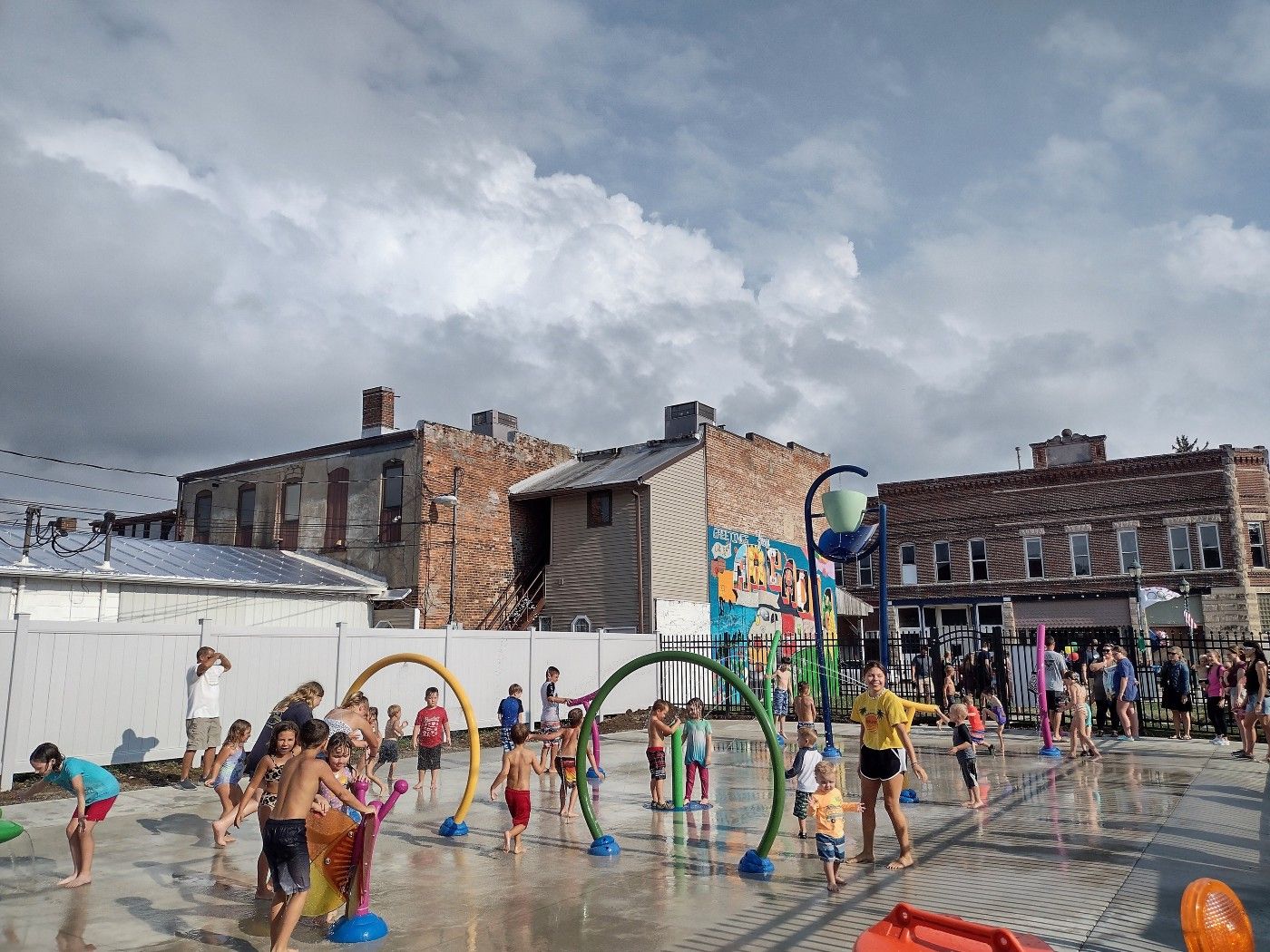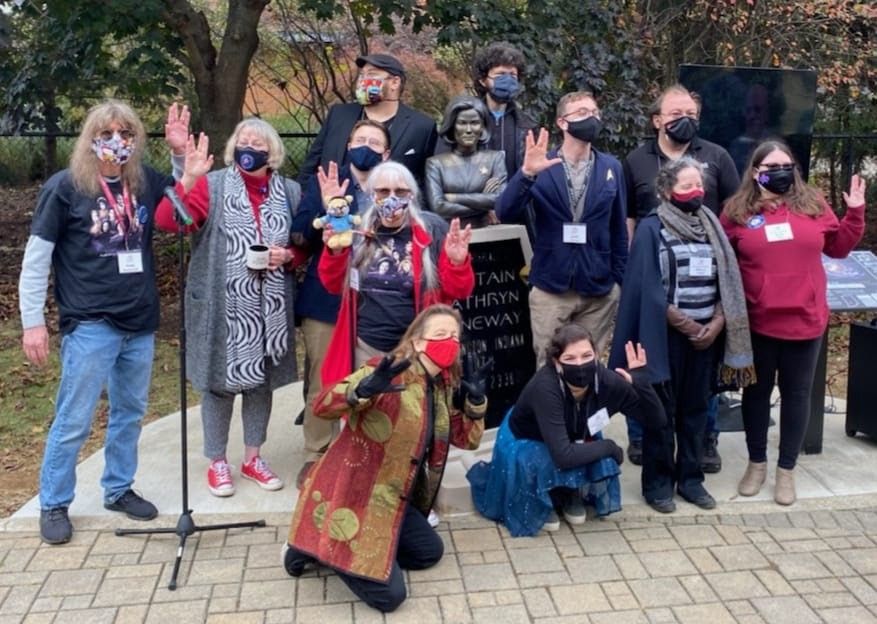
Recovery Playbook: Asset Based Investment
We’ll help you to define and understand the assets in your community and consider strategies for investment.
This story is part of the series Recovery Playbook, providing guidance on how communities can recover from the impacts of the pandemic by prioritizing community engagement and quality of place.
Every community has assets. COVID-19 increased our awareness of what is physically within our reach, what’s local, and what’s important. Those are your community assets. When the world came to a screeching halt, it became clear exactly what was used, needed, and desired by your community. Now, to recover, it’s important to evaluate and plan for how to further those developments and keep creating progress by focusing on asset-based investment.
In this guide, we’ll take you through ABCD — asset based community development. We’ll help you to define and understand the assets in your community and consider strategies for investment.
What is an asset?
Let’s start at the beginning. What is an asset?
Definition of an asset — “a useful or valuable thing, person, or quality”
It’s important to recognize that the definition of an asset isn’t just a place or something that has financial benefits. It’s something useful or valuable AND it’s not just a thing but could include people, or quality, or aspect of a thing or person.
So, to help you understand assets, let’s break it down by what can be considered an asset:
Individuals: Your people. The residents of your community bring skills and talents. Everyone has assets and gifts. Individual gifts and assets need to be recognized and identified. In community development, you cannot do anything with people’s needs, only their assets. Deficits or needs are only useful to institutions.
Associations: Small informal groups of people, such as clubs, working with a common interest as volunteers are called associations in ABCD and are critical to community mobilization. They don’t control anything; they are just coming together around a common interest by their individual choice.
Institutions: Paid groups of people who generally are professionals who are structurally organized are called institutions. They include government agencies and private business, as well as schools, etc. They can all be valuable resources. The assets of these institutions help the community capture valuable resources and establish a sense of civic responsibility.
Physical Assets: Physical assets such as land, buildings, space, and funds are other assets that can be used.

Connections: There must be an exchange between people sharing their assets by bartering, etc. These connections are made by people who are connectors. It takes to find out about individuals; this is normally done through building relationships with individual by individuals.
Source: Asset Based Community Development (ABCD)
How do you determine YOUR community’s assets?
It’s important to know that no two communities’ assets are the same and the assets you have are unique, so take some time to really evaluate what makes your community special.

Asset-based community development is more about shifting your mindset. Instead of focusing on the scarcity of resources, can you reconsider what could be an asset? Here are some questions for you to consider that can help you identify your assets:
- What are your most problematic spaces or most challenging problems? Maybe that problem area is actually an opportunity. Do you have empty green spaces, abandoned properties, or barriers that keep your community from coming together or being successful?
- What is your community known for; what makes your community special or unique? This can be hard to answer, but how your community is seen and how you want it to be seen will help you tap into the local culture and history of your place. Consider your recommendations for visitors or folks new to your community. Pretend you’re a tourist in your town, ask questions and explore.
- What does your community build and create, and what drives your local economy? You might have struggled to get the products you need and had supply chain issues, highlighting the need to address connectivity and accessibility of goods and services in your community, but what were the things you didn’t have to rely on the supply chain for? Don’t forget your small business and local artisans and makers! What’s made locally?
Shifting your perspective and really approaching your community development work from the lens that you have what you need to solve your own problems requires that you take stock and evaluate what’s working to begin to tackle what’s not.
These shifts can take time but are needed now more than ever as communities recover and seek to be resilient and persevere.
How do you invest in your assets?
After understanding your unique assets, it’s important to develop and invest in them, but where do you start? When wanting to make big changes, it’s important to have a clear goal, and it’s always best to start small. Here are some sample goals and possible outcomes:

By focusing on a single challenge, you can better identify your goals and desired outcomes, and then make some observations before taking the first step. It’s a combination of small steps that will lead to big change, so don’t get caught in developing too fast. All of the actions you take to invest in your assets should be intentional, deeply rooted in your community’s identity, and serve a clear purpose.
When you think about how your community is going to grow and develop, think of it like self-care.
“If you don’t love yourself, how in the h*** you gonna love somebody else?” — RuPaul
Where we live says so much about us but can also predict how long we live and is a key economic indicator — what’s local is critical.
In a time when change has happened so rapidly, the ability to adapt will determine how communities survive and thrive. This means focusing on what you can control and paying attention to your own sphere of influence, where you can make a difference. It’s as simple as ABCD — asset-based community development.

